From inside (document excerpt):
58MXA 4-Way Multipoise Fixed-Capacity Direct-Vent Condensing Gas Furnace Visit www.carrier.com Service and Maintenance Instructions For Sizes 040-140, Series 140 and 150 NOTE: Read the entire instruction manual before starting the installation. This symbol indicates a change since the last issue. ® ® A93040 TABLE OF CONTENTS SAFETY CONSIDERATIONS .1 GENERAL 2 ELECTROSTATIC DISCHARGE (ESD) PRECAUTIONS 2 CARE AND MAINTENANCE .2 Cleaning and/or Replacing Air Filter .3 Blower Motor and Wheel Maintenance .3 Cleaning Burners 4 Cleaning Heat Exchangers 5 Flushing Collector Box and Drainage System 6 Servicing Hot Surface Ignitor 6 Electrical Controls and Wiring .8 Checking Heat Tape Operation (If Applicable) 8 Winterizing 10 WIRING DIAGRAM .10 TROUBLESHOOTING .10 SAFETY CONSIDERATIONS Installing and servicing heating equipment can be hazardous due to gas and electrical components.
Heating, Ventilating and Air Conditioning User Manual Free Download. HAVC Operator’s Manual. Gas Furnace and AC Free Instruction Manual Download PDF.
Only trained and qualified personnel should install, repair, or service heating equipment. Untrained personnel can perform basic maintenance functions such as cleaning and replacing air filters. All other operations must be performed by trained service personnel. When working on heating equipment, observe precautions in the literature, on tags, and on labels attached to or shipped with the unit and other safety precautions that may apply. Follow all safety codes. In the United States, follow all safety codes including the National Fuel Gas Code (NFGC) NFPA 54-1999/ANSI Z223.1-1999 and the Installation Standards, Warm Air Heating and Air Conditioning Systems (NFPA 90B) ANSI/NFPA 90B. In Canada, refer to the CAN/CGA-B149.1- and A93007 Fig. 1–Multipoise Furnace in Upflow Orientation EFFICIENCY RATING CERTIFIED Ca rr ier Cor pora ti on CERTIFIED SO 900 E R E D F8 3 1 #A28 REGISTERED QUALITY SYSTEM .2-M95 National Standard of Canada, Natural Gas and Propane Installation Codes (NSCNGPIC). Wear safety glasses and work gloves. Have a fire extinguisher available during start-up and adjustment procedures and service calls. Recognize safety information. This is the safety-alert symbol. When you see this symbol on the unit and in instructions or manuals, be alert to the potential for personal injury. Understand the signal words DANGER, WARNING, and CAUTION. These words are used with the safety-alert symbol. DANGER identifies the most serious hazards which will result in severe Manufacturer reserves the right to discontinue, or change at any time, specifications or designs without notice and without incurring obligations. Book 1 4 PC 101 Catalog No. 535-775 Printed in U.S.A. Form 58MXA-7SM Pg 1 10-00 Replaces: 58MXA-6SM Tab 6a 8a IR REG I ST ® M I personal injury or death. WARNING signifies hazards which could result in personal injury or death. CAUTION is used to identify unsafe practices which would result in minor personal injury or product and property damage. NOTE is used to highlight suggestions which will result in enhanced installation, reliability, or operation. ELECTROSTATIC DISCHARGE (ESD) PRECAUTIONS The ability to properly perform maintenance on this equipment requires certain expertise, mechanical skills, tools, and equipment. If you do not possess these, do not attempt to perform any maintenance on this equipment other than those procedures recommended in the User’s Manual. FAILURE TO FOLLOW THIS WARNING COULD RESULT IN POSSIBLE DAMAGE TO THIS EQUIPMENT, SERIOUS PERSONAL INJURY, OR DEATH. Electrostatic discharge can affect electronic components.


 Carrier Owners Manual - 1 of 16
Carrier Owners Manual - 1 of 16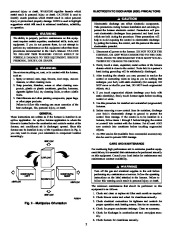 Carrier Owners Manual - 2 of 16
Carrier Owners Manual - 2 of 16 Carrier Owners Manual - 3 of 16
Carrier Owners Manual - 3 of 16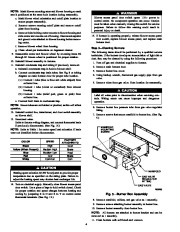 Carrier Owners Manual - 4 of 16
Carrier Owners Manual - 4 of 16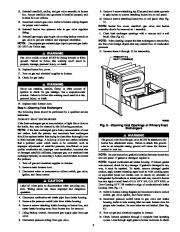 Carrier Owners Manual - 5 of 16
Carrier Owners Manual - 5 of 16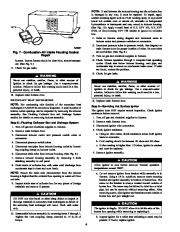 Carrier Owners Manual - 6 of 16
Carrier Owners Manual - 6 of 16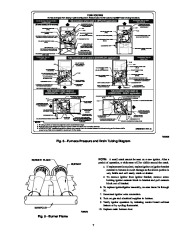 Carrier Owners Manual - 7 of 16
Carrier Owners Manual - 7 of 16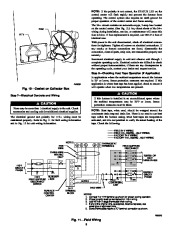 Carrier Owners Manual - 8 of 16
Carrier Owners Manual - 8 of 16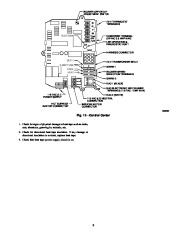 Carrier Owners Manual - 9 of 16
Carrier Owners Manual - 9 of 16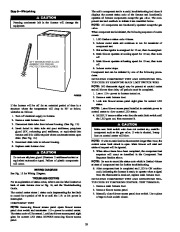 Carrier Owners Manual - 10 of 16
Carrier Owners Manual - 10 of 16